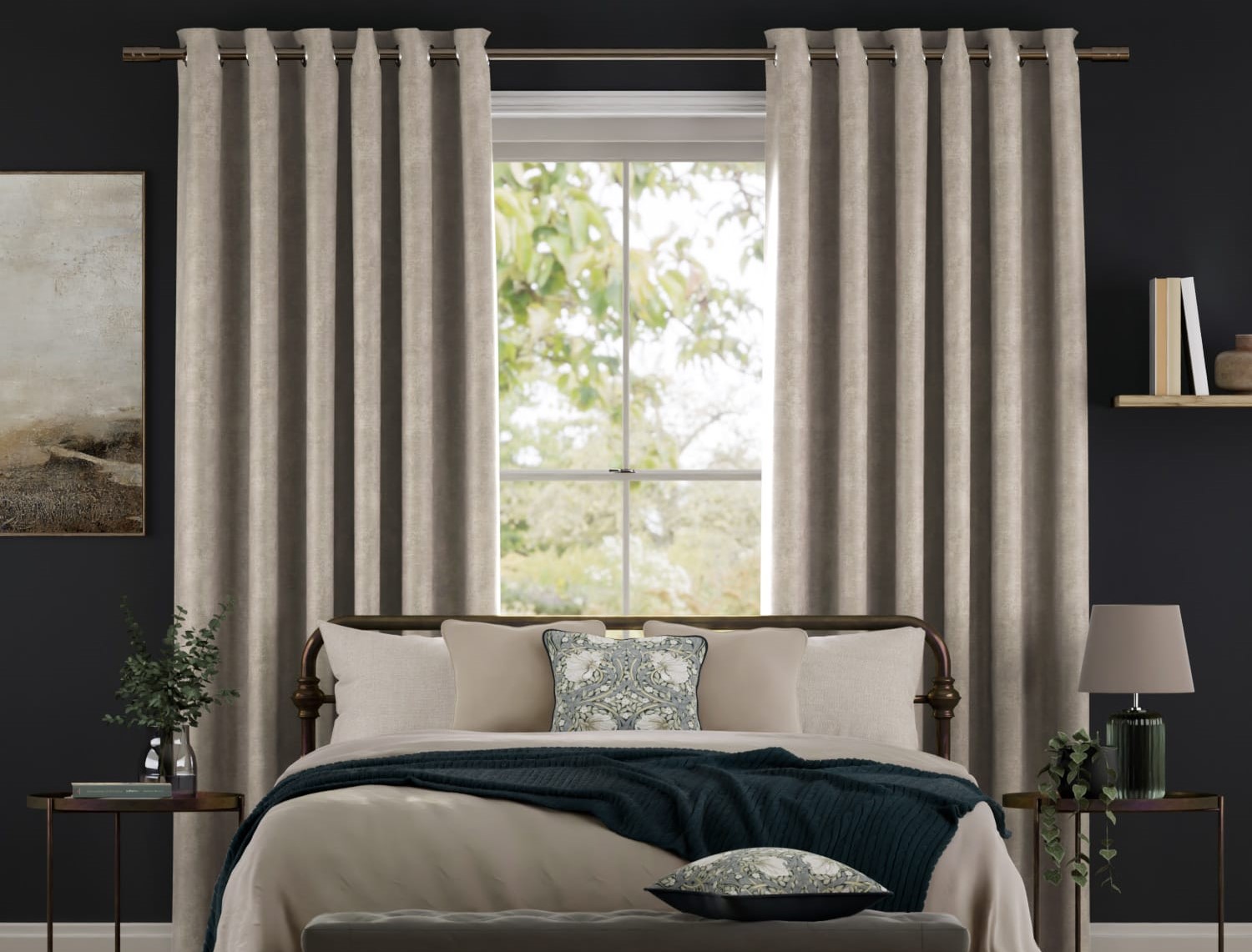

Articles
How Are Curtains Supposed To Look?
Modified: March 21, 2024
Discover expert articles on how curtains should look for the perfect window treatment. Find tips and inspiration for choosing the right curtains for your home.
(Many of the links in this article redirect to a specific reviewed product. Your purchase of these products through affiliate links helps to generate commission for Storables.com, at no extra cost. Learn more)
Introduction
When it comes to home decor, curtains play a vital role in enhancing the overall look and feel of a space. They not only provide privacy and control light, but also add a touch of elegance and style to any room. With a wide variety of curtain options available, it can be overwhelming to choose the perfect ones for your windows. From curtain lengths and widths to fabric choices and colors, there are several factors to consider.
In this article, we will explore the key aspects of how curtains should look, with a focus on finding the right curtain length, width, fabric, color, style, accessories, and maintenance. By understanding these elements, you will be able to make informed decisions and create a visually appealing and functional curtain arrangement that complements your home decor.
Key Takeaways:
- Choose floor-length curtains for a touch of elegance, or opt for shorter lengths for a modern, streamlined look. Consider the function of the space and the overall design aesthetic when selecting the perfect curtain length.
- Select the right curtain width to create fullness and visual impact. From single panels for a contemporary look to double panels for a traditional feel, the width of your curtains can enhance the overall aesthetic appeal of your space.
Read more: How To Make Curtains Look Nice
Curtain Length
The length of your curtains plays a crucial role in determining the overall aesthetic of your space. The right curtain length can make a room appear larger, create an illusion of height, and add a touch of sophistication. Here are some important points to consider when selecting the appropriate curtain length:
- Floor-Length Curtains: These curtains extend all the way to the floor, brushing or slightly puddling on the ground. Floor-length curtains are perfect for formal settings such as living rooms, dining rooms, and bedrooms. They add an elegant and luxurious feel to the space.
- Touching the Floor: If you prefer a cleaner and more modern look, you can opt for curtains that just touch the floor without pooling. This length works well in contemporary and minimalist interiors as it creates a sleek and streamlined appearance.
- Above the Floor: Another option is to hang curtains a few inches above the floor. This is ideal for spaces with young children or high traffic areas, as it prevents the curtains from getting dirty or tangled. It also allows for easy cleaning and maintenance.
- Sill-Length Curtains: These curtains reach the windowsill, providing a casual and relaxed look. Sill-length curtains are commonly used in kitchens, bathrooms, and small windows. They allow for ample natural light while maintaining privacy.
- Café Curtains: Café curtains cover only the lower portion of the window, typically reaching halfway up. They are ideal for kitchens and breakfast nooks, offering privacy while still allowing in plenty of sunlight.
Ultimately, the choice of curtain length will depend on the style and function you want to achieve in your space. Consider the height of your ceilings, the size of your windows, and the overall design aesthetic of the room when deciding on the perfect curtain length.
Curtain Width
When it comes to curtain width, the goal is to achieve the right amount of fabric to create fullness and enhance the visual impact. Here are some important considerations when determining the appropriate curtain width:
- Single Panel: For a cleaner and more contemporary look, you can opt for single-panel curtains that cover the entire window width when closed. This style works well for smaller windows or when you want to maintain a minimalistic aesthetic.
- Double Panels: Using two curtain panels can create a more traditional and romantic look. Each panel should be approximately equal to half the width of the window. This allows the curtains to fall naturally and create beautiful drapes when pulled back.
- Fullness: To achieve a luxurious and fuller appearance, it is recommended to choose curtains that are 1.5 to 2 times the width of the window. This extra fabric creates elegant folds and adds volume when the curtains are closed.
- Overlap: If you have wider windows, consider adding a slight overlap when choosing curtain widths. This ensures that there are no gaps when the curtains are closed, providing better privacy and light control.
- Adjustable Curtain Rods: Another option is to use adjustable curtain rods that allow you to increase or decrease the curtain width as needed. This flexibility can be helpful when you want to change the look of your curtains or if you plan to move them to a different window in the future.
Remember to measure the width of your window accurately and consider any architectural elements or furniture placement that may affect the curtain width. The right curtain width will not only provide functional benefits but also enhance the overall aesthetic appeal of your space.
Curtain Fabric
The choice of curtain fabric is crucial as it not only affects the overall appearance but also plays a significant role in the functionality of your curtains. Here are some important factors to consider when selecting the right curtain fabric:
- Lightweight Fabrics: If you’re looking to create a soft and airy look, lightweight fabrics like cotton, linen, and sheer materials are ideal. They allow natural light to filter through while providing a subtle level of privacy. These fabrics work well in spaces like living rooms, bedrooms, and dining rooms.
- Heavyweight Fabrics: For a more formal and luxurious feel, heavy fabrics such as velvet, brocade, or jacquard are excellent choices. These fabrics provide better insulation, block out light, and offer enhanced privacy. They are perfect for spaces where you want to create a cozy and intimate atmosphere, such as a home theater or bedroom.
- Patterned Fabrics: Adding patterned fabrics can bring personality and visual interest to your curtains. Choose patterns that complement your overall decor style, whether it’s classic, modern, or bohemian. Just be mindful of the scale of the pattern and how it will look when the curtains are drawn or gathered.
- Solid Colors: Solid-colored curtains are timeless and versatile, allowing you to easily coordinate with other elements in your room. They can create a bold statement or serve as a backdrop for other decorative accents. Consider the color scheme of your space and choose a curtain color that complements or contrasts with it.
- Textured Fabrics: Adding texture to your curtains can bring depth and visual interest to your space. Fabrics with weaves, embroidery, or other textured details can add a touch of elegance and sophistication. Just ensure that the texture complements the overall aesthetic of the room.
Lastly, consider the care requirements of the fabric. Some fabrics may require dry cleaning, while others can be machine-washed. Take into account your lifestyle and the level of maintenance you are comfortable with.
By carefully selecting the right curtain fabric, you can create a stylish and functional window treatment that elevates the overall ambiance of your space.
Curtain Color
Curtain color is an essential element that can greatly impact the overall mood and atmosphere of a room. The right curtain color can enhance your existing decor, create a focal point, or make a bold statement. Here are some important factors to consider when choosing the perfect curtain color:
- Coordinate or Contrast: Decide whether you want your curtains to blend harmoniously with your existing color scheme or stand out as a contrasting element. Coordinating colors can create a cohesive and seamless look, while contrasting colors can add visual interest and make a dramatic statement.
- Room Size and Lighting: The color of your curtains can have a significant impact on the perceived size and brightness of a room. Light-colored curtains, such as whites, creams, and pastels, can make a small room appear larger and reflect natural light. Darker colors, like navy, burgundy, or charcoal, can add depth and create a cozy ambiance in larger spaces or rooms with abundant natural light.
- Mood and Style: Consider the mood and style you want to evoke in your space. Warm colors like reds, oranges, and yellows can create a vibrant and energetic atmosphere. Cool colors like blues, greens, and purples can promote relaxation and a sense of calm. Neutral colors like grays, beiges, and earth tones can provide a balanced and timeless look.
- Aesthetics and Design: Take into account the overall aesthetic and design of your space. For a traditional or formal look, choose rich and elegant colors like deep reds or golds. For a modern or minimalist style, opt for neutral or monochromatic colors. Don’t forget to consider the color of your walls, furniture, and other elements in the room to ensure a cohesive and visually pleasing result.
- Seasonal and Trend Considerations: You can also choose curtain colors that align with the current season or follow the latest design trends. Light and airy colors like pastels are often associated with springtime, while warm and cozy hues are popular for autumn and winter. Keep in mind that trends may change, so choose colors that you personally love and will enjoy for years to come.
Remember to evaluate curtain color samples in your space, as lighting conditions can significantly affect how colors appear. Take into account the natural light, artificial lighting, and the time of day when making your final decision. With the right curtain color, you can transform your space and create a visually pleasing and harmonious environment.
When hanging curtains, make sure they touch the floor or have a slight break. Avoid curtains that are too short or too long, as they can make the room look awkward.
Read more: How To Make Your Curtains Look Expensive
Curtain Style
The style of your curtains can greatly enhance the overall aesthetic of your space, bringing character, elegance, or a touch of modernity. Here are some popular curtain styles to consider:
- Classic Pleated: Pleated curtains are timeless and versatile, with pleats neatly folded at regular intervals. They offer a formal and traditional look that works well in living rooms, dining rooms, and bedrooms. Choose from various pleat styles such as pinch pleats, goblet pleats, or box pleats to match your decor.
- Tab Top: Tab top curtains have fabric loops sewn into the top, creating a casual and relaxed appearance. They are easy to hang and provide a touch of charm to kitchen windows, casual dining areas, or children’s rooms.
- Grommet: Grommet curtains feature metal rings or eyelets along the top panel, allowing the curtain rod to pass through. They have a modern and streamlined look, ideal for contemporary or minimalist interiors. Grommet curtains create beautiful, even folds and are easy to open and close.
- Rod Pocket: Rod pocket curtains have a sewn-in pocket at the top that fits over the curtain rod. They offer a simple and clean look with a gathered appearance. Rod pocket curtains work well in casual settings or rooms with a vintage or country-style decor.
- Sheer or Lace: Sheer or lace curtains provide a delicate and airy feel while allowing ample light to filter through. They create a romantic and ethereal ambiance, especially when paired with heavier curtains for added privacy and versatility.
- Roller or Roman Shades: Roller or Roman shades are a popular alternative to traditional curtains. They consist of fabric panels that can be raised or lowered using a cord or a mechanism. These shades offer a sleek and contemporary look and are often used in modern and minimalist interiors.
When choosing a curtain style, consider the overall theme and decor of your space. Take into account the type of window, the function of the room, and your personal preferences. Experiment with different styles to find the one that complements your interior design and creates the desired atmosphere.
Curtain Accessories
Curtain accessories are the finishing touches that can elevate the look and functionality of your curtains. They not only add style but also provide practical solutions for light control, privacy, and ease of use. Here are some common curtain accessories to consider:
- Tiebacks or Holdbacks: Tiebacks or holdbacks are decorative elements used to gather and secure curtains when they are open. They can be made of fabric, rope, metal, or other materials. Tiebacks not only add visual interest but also allow natural light to enter the room and create a more spacious feel.
- Curtain Rings or Hooks: Curtain rings or hooks are used to hang curtains on a curtain rod. They come in various styles and materials, such as metal, plastic, or fabric-covered. Curtain rings and hooks provide ease of movement, allowing curtains to be opened and closed smoothly.
- Valances or Cornices: Valances or cornices are decorative elements that are mounted at the top of the window, above the curtains. They add an extra layer of style and can help conceal curtain rods or hardware. Valances and cornices come in various shapes, sizes, and fabrics, allowing you to customize the look to match your decor.
- Curtain Rods: Curtain rods are not only functional but also serve as a design element. Choose from a wide variety of curtain rods in different finishes, materials, and styles to complement your curtains and overall decor. Whether you prefer a sleek and modern look or an ornate and traditional feel, there is a curtain rod to suit your taste.
- Curtain Ties or Bands: Curtain ties or bands are used to secure curtains in a closed position. They are functional and decorative, adding a touch of flair to your window treatment. Curtain ties are available in various designs, such as tassels, ribbons, or fabric bands.
- Blackout Liners: Blackout liners are fabric panels that can be attached or sewn onto the back of curtains. They provide an extra layer of insulation and block out light, making them ideal for bedrooms, nurseries, or home theaters. Blackout liners also help to regulate temperature and reduce external noise.
Consider your specific needs and the overall design concept of your space when choosing curtain accessories. They can enhance the functionality, aesthetics, and versatility of your curtains, creating a cohesive and stylish window treatment.
Curtain Maintenance
To keep your curtains looking their best and prolong their lifespan, proper maintenance is essential. Here are some tips to help you take care of your curtains:
- Regular Vacuuming: Dust and debris can accumulate on your curtains, so it’s important to vacuum them regularly using a brush attachment. This will help remove any dirt particles and keep them looking clean and fresh.
- Spot Cleaning: For small stains or spills, spot clean the affected area using a mild detergent and a clean cloth. Gently blot the stain, avoiding rubbing, as it may damage the fabric. Test the cleaning solution on a hidden area of the curtain first to ensure it doesn’t cause any discoloration or damage.
- Professional Cleaning: For heavily soiled or delicate curtains, consider professional cleaning. Some fabrics, such as silk or velvet, may require specialized care. Consult the care instructions provided by the manufacturer or seek the assistance of a professional cleaner who specializes in curtain cleaning.
- Steam Cleaning: Steam cleaning is an effective method to freshen up curtains and remove any wrinkles. Use a garment steamer or a handheld steam cleaner, following the manufacturer’s instructions. Be cautious when using steam on delicate or heat-sensitive fabrics, as it may cause damage.
- Protection from Sunlight: Prolonged exposure to direct sunlight can cause fading and deterioration of curtain fabrics. Protect your curtains from excessive sunlight by using blinds, shades, or sheer curtains during the sunniest parts of the day. You can also consider using UV-blocking window films to minimize the harmful effects of the sun’s rays on your curtains.
- Regular Washing or Dry Cleaning: Depending on the fabric type, some curtains can be machine-washed or hand-washed. Follow the care instructions provided by the manufacturer to determine the appropriate method. For delicate or intricate fabrics, dry cleaning may be the recommended option.
- Ironing or Steaming: To remove wrinkles or creases, follow the fabric-specific ironing instructions provided by the manufacturer. If ironing is not recommended, use a steamer to gently remove wrinkles by holding the steamer a few inches away from the fabric and allowing the steam to relax the wrinkles.
- Storage and Handling: When storing your curtains, ensure they are clean and completely dry to prevent mold or mildew growth. Fold or roll them neatly to minimize wrinkles. Store them in a cool, dry place away from direct sunlight to maintain their color and quality.
By following these maintenance tips, you can keep your curtains in excellent condition and enjoy their beauty and functionality for years to come.
Conclusion
Curtains not only serve functional purposes such as privacy and light control but also play a significant role in enhancing the overall aesthetic appeal of your space. By considering factors such as curtain length, width, fabric, color, style, accessories, and maintenance, you can create a visually appealing and functional curtain arrangement that complements your home decor.
Choosing the right curtain length can create an illusion of height or add a touch of elegance, depending on your preferences and the style of the room. Curtain width determines the fullness and visual impact, with options ranging from single panel to double panel for a more traditional look. The choice of curtain fabric will affect the overall appearance, functionality, and care requirements, with options available ranging from lightweight and sheer fabrics to heavy and luxurious ones.
Curtain color can greatly influence the mood, perceived room size, and coordination with your existing decor. Whether you opt for coordinating or contrasting colors, consider the natural lighting and the overall style you want to achieve. The curtain style you choose, such as classic pleated, tab top, or grommet, will enhance the desired aesthetic, ranging from traditional to modern and everything in between.
Don’t forget to consider the various curtain accessories available, such as tiebacks or holdbacks, curtain rings or hooks, valances or cornices, and blackout liners. These accessories not only add functionality but also contribute to the overall visual appeal and ease of use of your curtains.
Last but not least, proper curtain maintenance is essential to ensure their longevity and keep them looking their best. Regular vacuuming, spot cleaning, and following manufacturer’s instructions for washing or dry cleaning will help maintain the quality of your curtains. Protecting them from excessive sunlight and handling them with care during storage will also contribute to their durability.
By paying attention to these considerations and making informed decisions, you can create a visually stunning and functional curtain arrangement that transforms your space into a stylish and inviting haven.
Frequently Asked Questions about How Are Curtains Supposed To Look?
Was this page helpful?
At Storables.com, we guarantee accurate and reliable information. Our content, validated by Expert Board Contributors, is crafted following stringent Editorial Policies. We're committed to providing you with well-researched, expert-backed insights for all your informational needs.
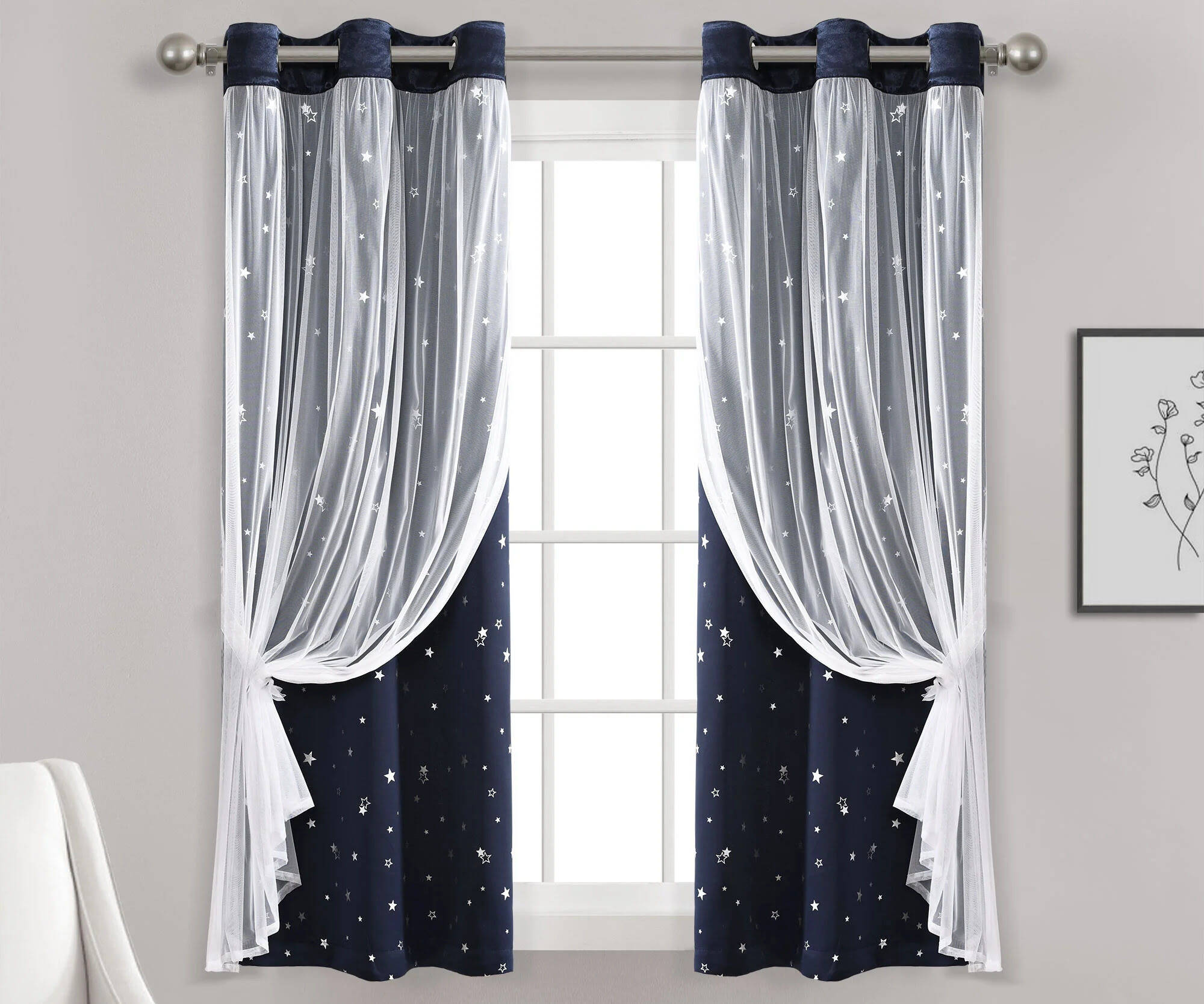
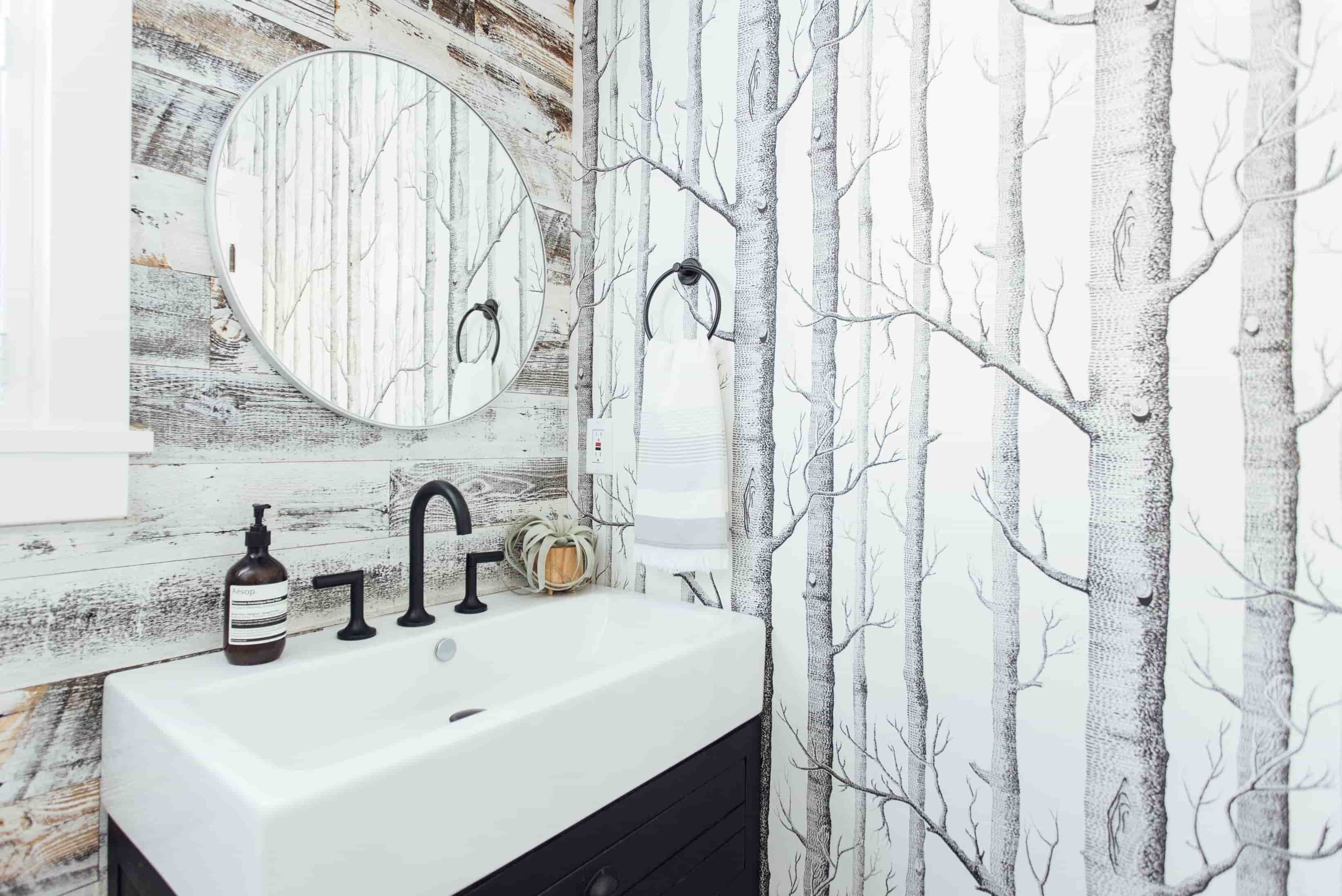
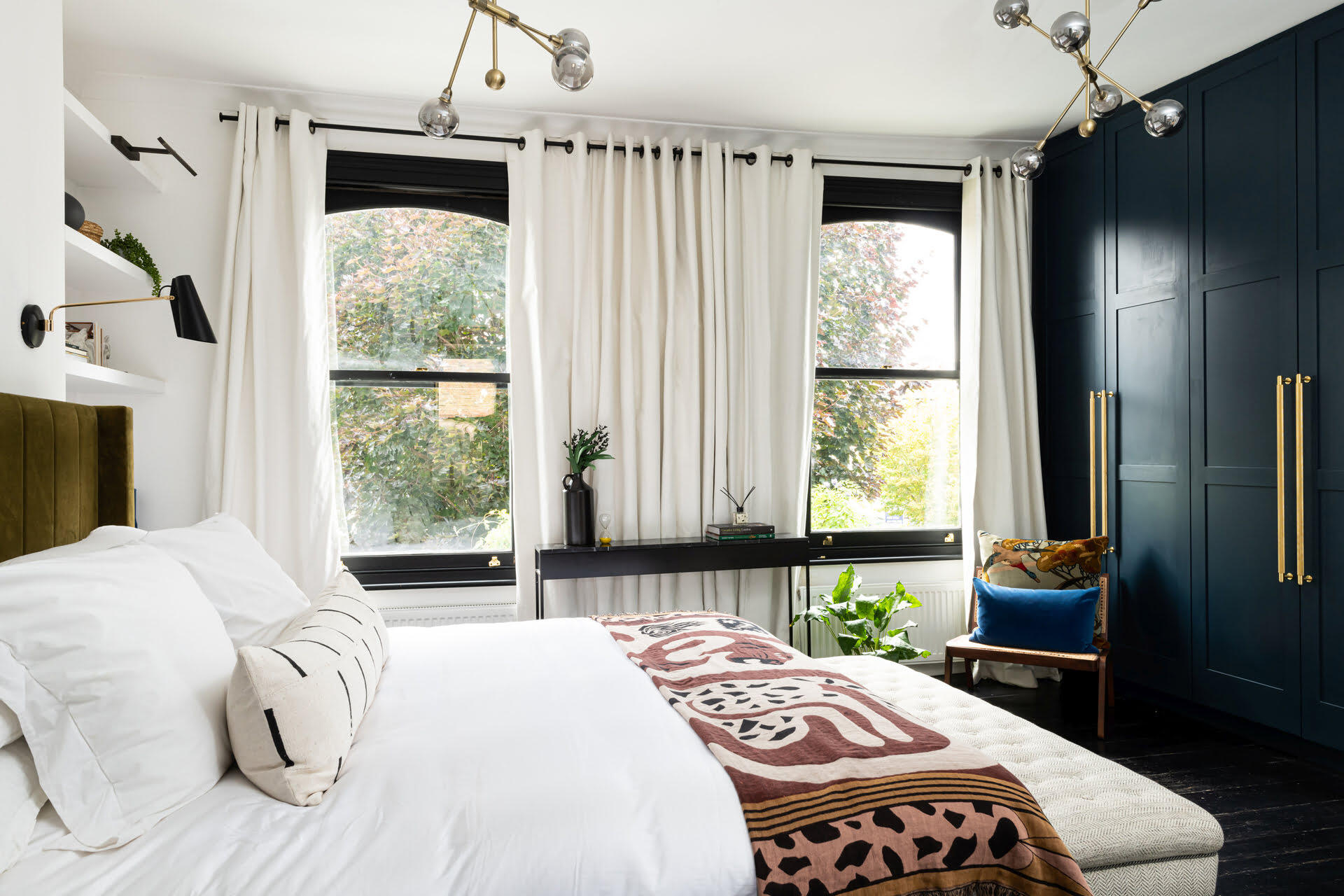
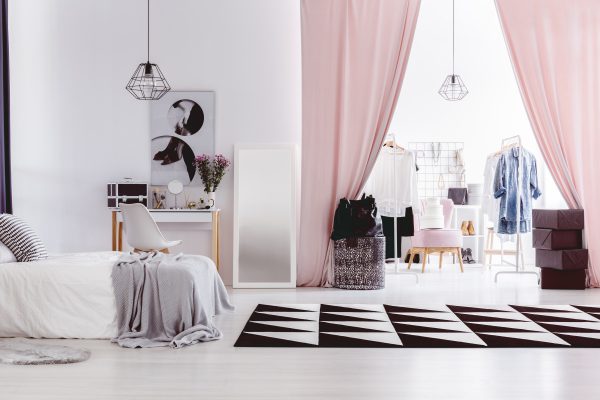
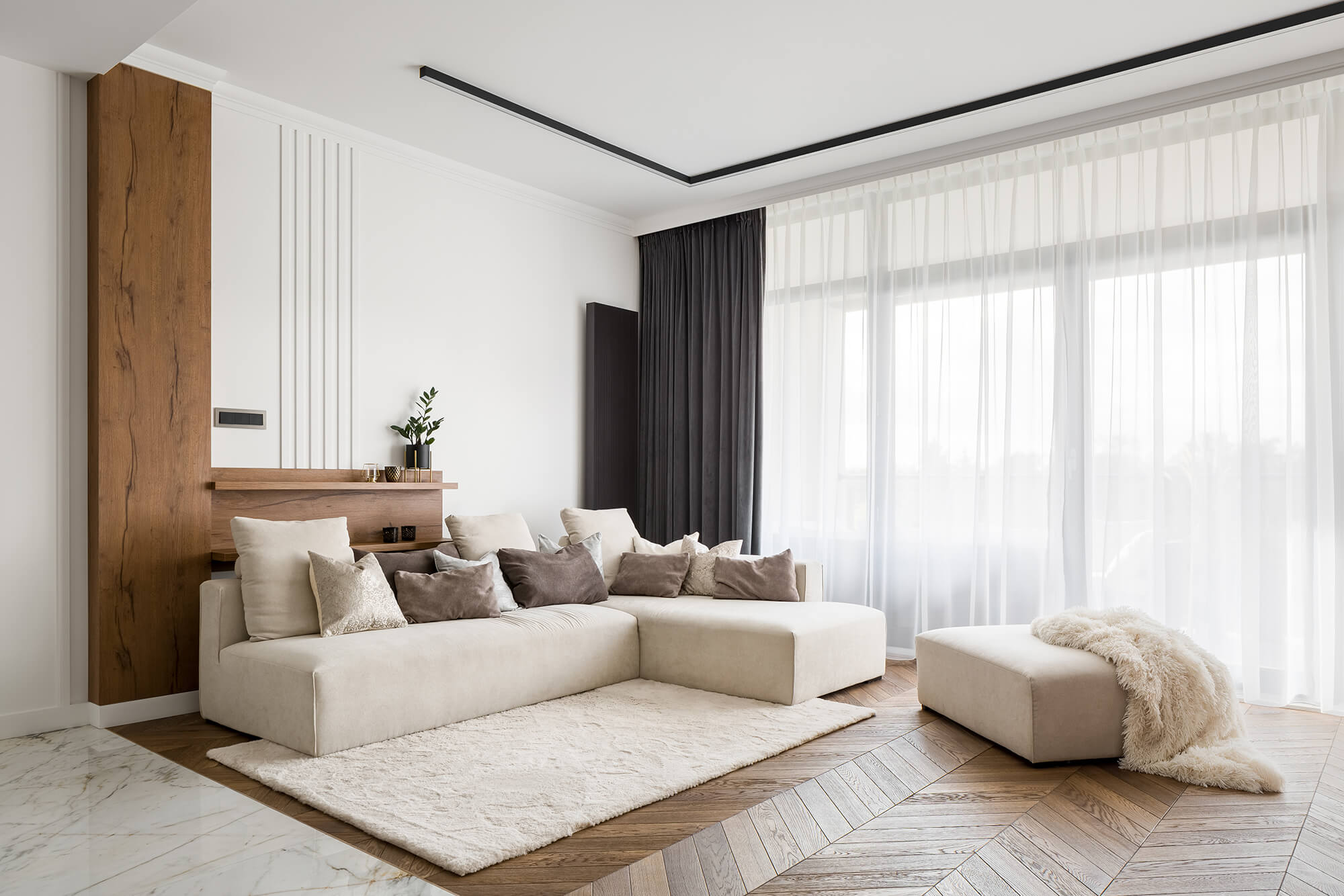
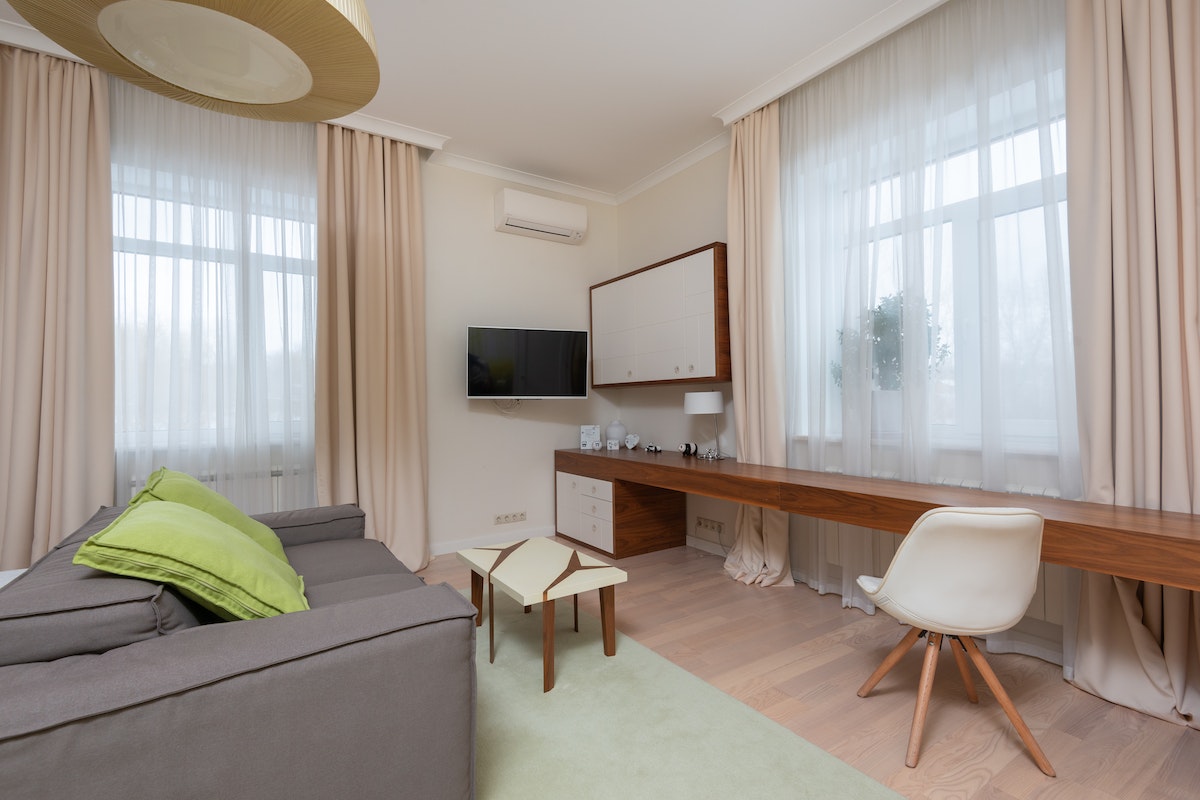
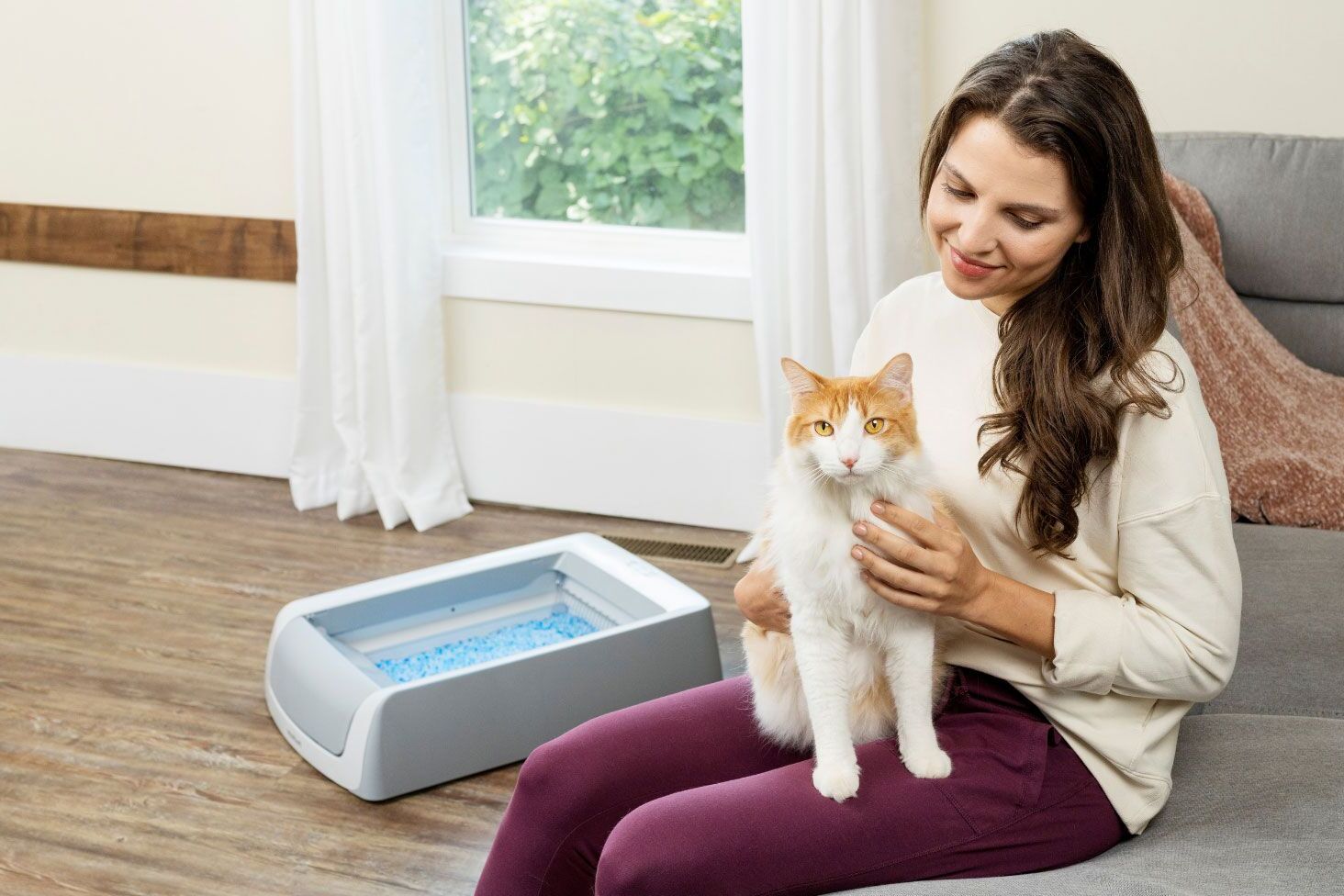


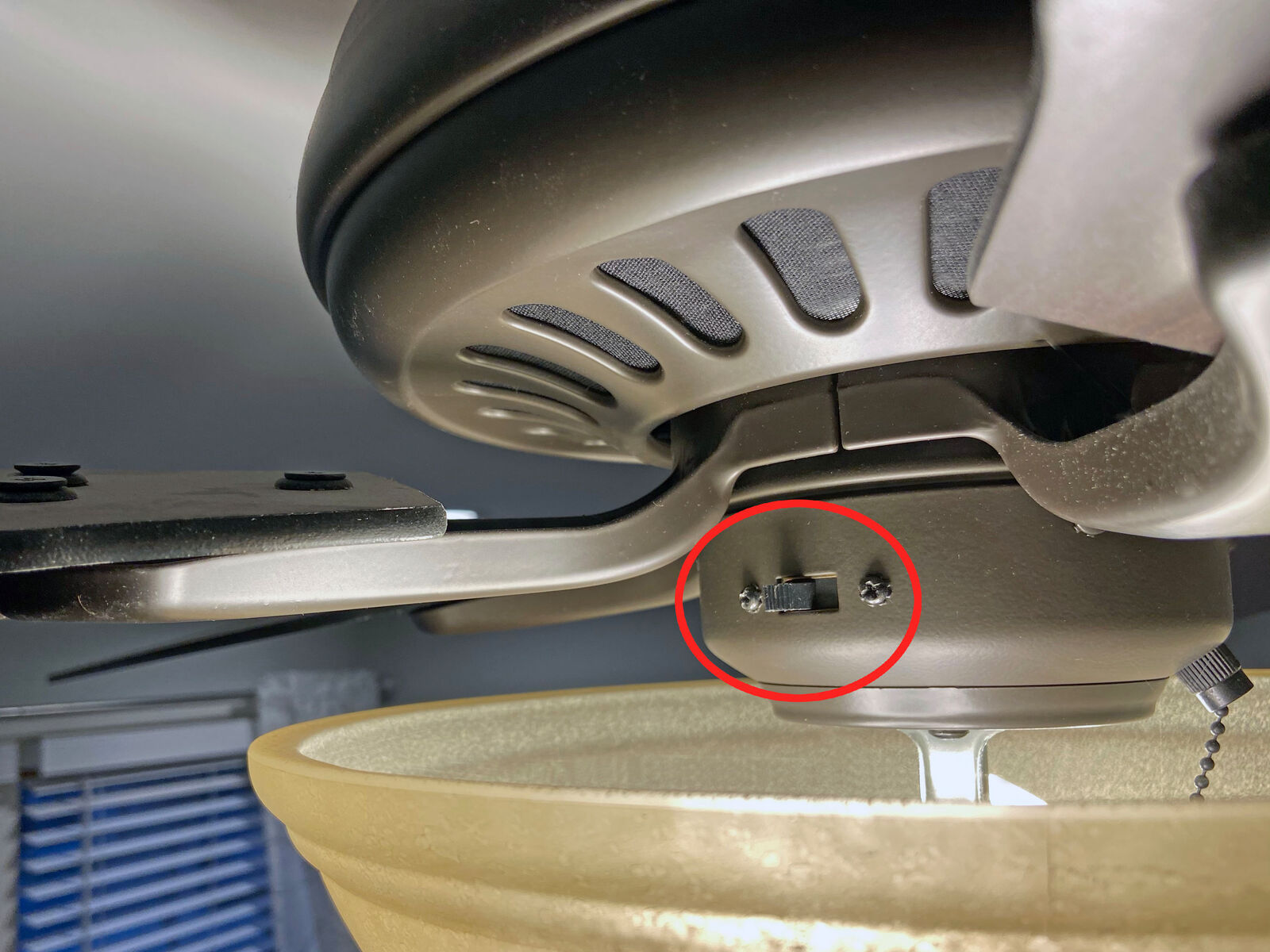
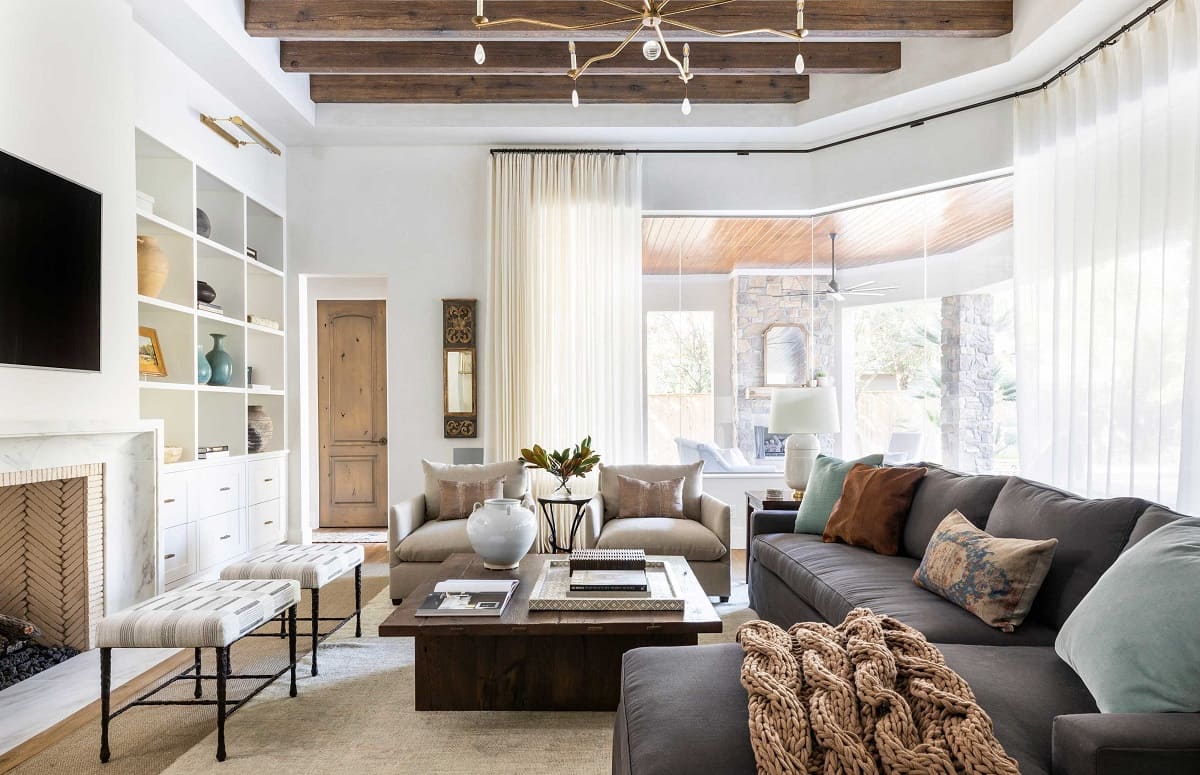
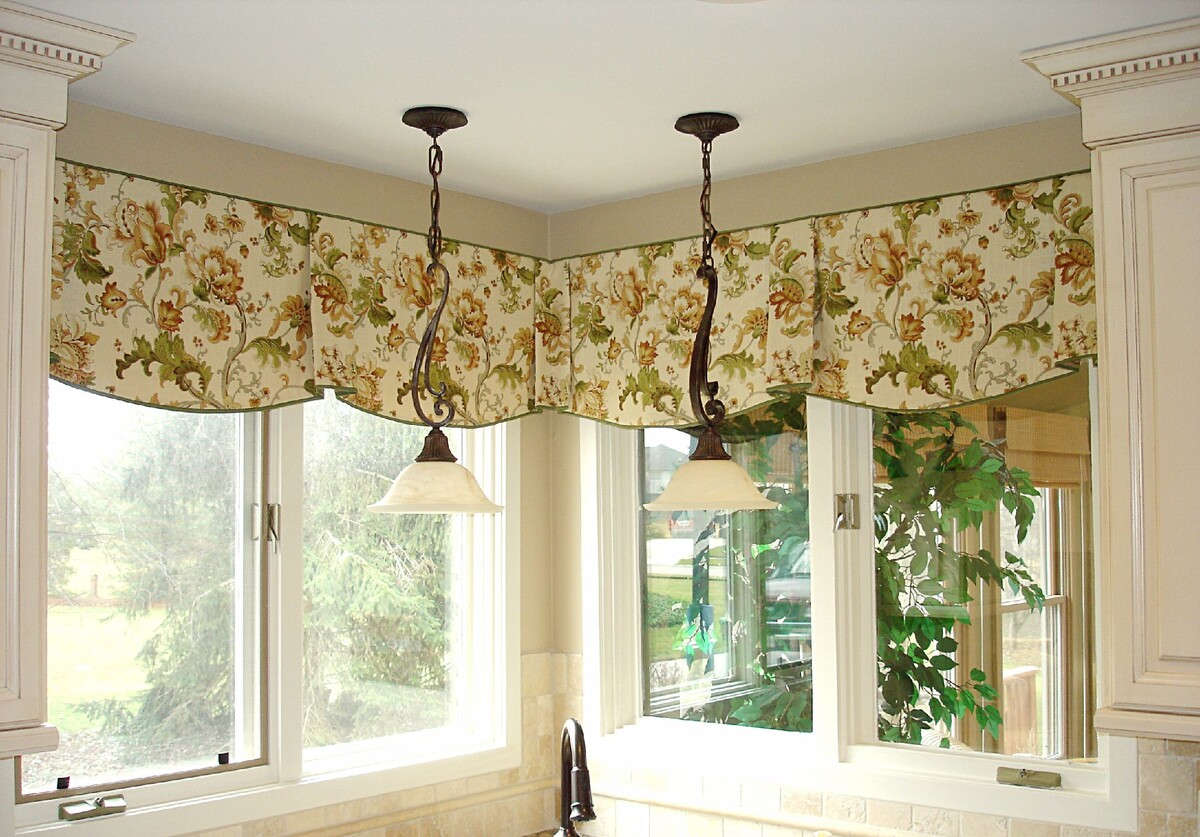

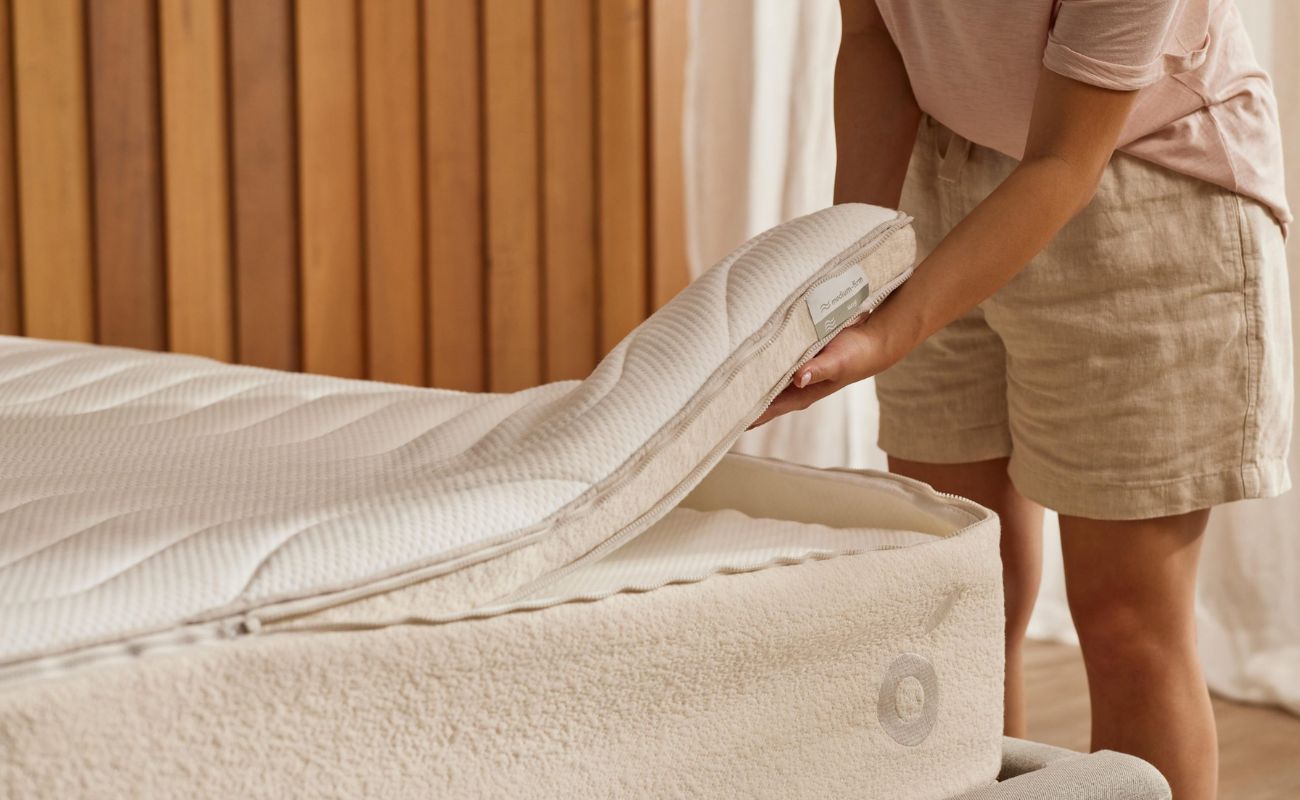

0 thoughts on “How Are Curtains Supposed To Look?”